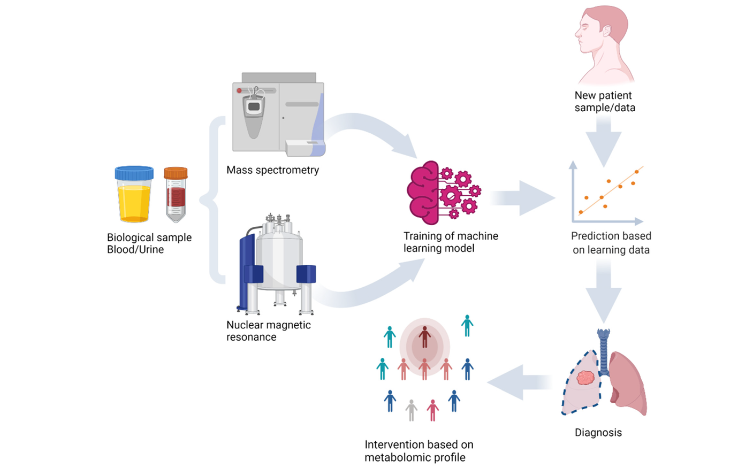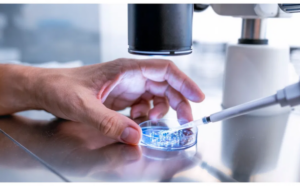Understanding how cells use nutrients and create energy, known as metabolism, is key in biology. Scientists collect a lot of data on how cells work, but figuring out what all this data means about a cell’s metabolism can be very difficult.
Kinetic models help solve this by using math to show how molecules interact and change inside a cell. They map out how substances are turned into energy and other products. These models can reveal the chemical processes happening in cells, but making these models is tough because it’s hard to set the right parameters for cell functions.
Researchers led by Ljubisa Miskovic and Vassily Hatzimanikatis at EPFL have developed RENAISSANCE, an AI tool that makes creating kinetic models easier. RENAISSANCE combines different types of cell data to accurately show how cells function. This tool is a big step forward in computational biology and could lead to new health and biotech innovations.
In a study published in Nature Catalysis, the team used RENAISSANCE to model how Escherichia coli bacteria use metabolism. The tool created models that matched real-life observations, showing how the bacteria adjust their metabolism in a bioreactor over time.
The kinetic models proved to be reliable, staying stable even when the bacteria faced genetic changes or different environments. This means the models can predict how cells will react in various situations, making them useful for both research and industry.
“Even with advanced techniques, we still don’t have complete data,” says Miskovic. “Methods like metabolomics and proteomics can only detect a limited number of molecules. RENAISSANCE combines data from multiple sources to fill in the gaps, improving our understanding of how systems work.”
By using diverse data sources, RENAISSANCE accurately maps unknown metabolic states inside cells, including how substances flow and their concentrations. This tool’s ability to model cell metabolism accurately is a powerful aid in studying changes caused by diseases and developing new treatments and technologies. Its ease of use means more researchers can create kinetic models, encouraging collaboration and innovation in both academic and industrial fields.
Source: phys




